John Baldessari at Tate Modern and Sprüth Magers

Burning one’s work would to most people signal the end. But when John Baldessari burnt the majority of his existing artwork on 24th July 1970, an act he called ‘The Cremation Project’, it was very much a beginning; from the ashes rose the start of the Conceptual art movement.
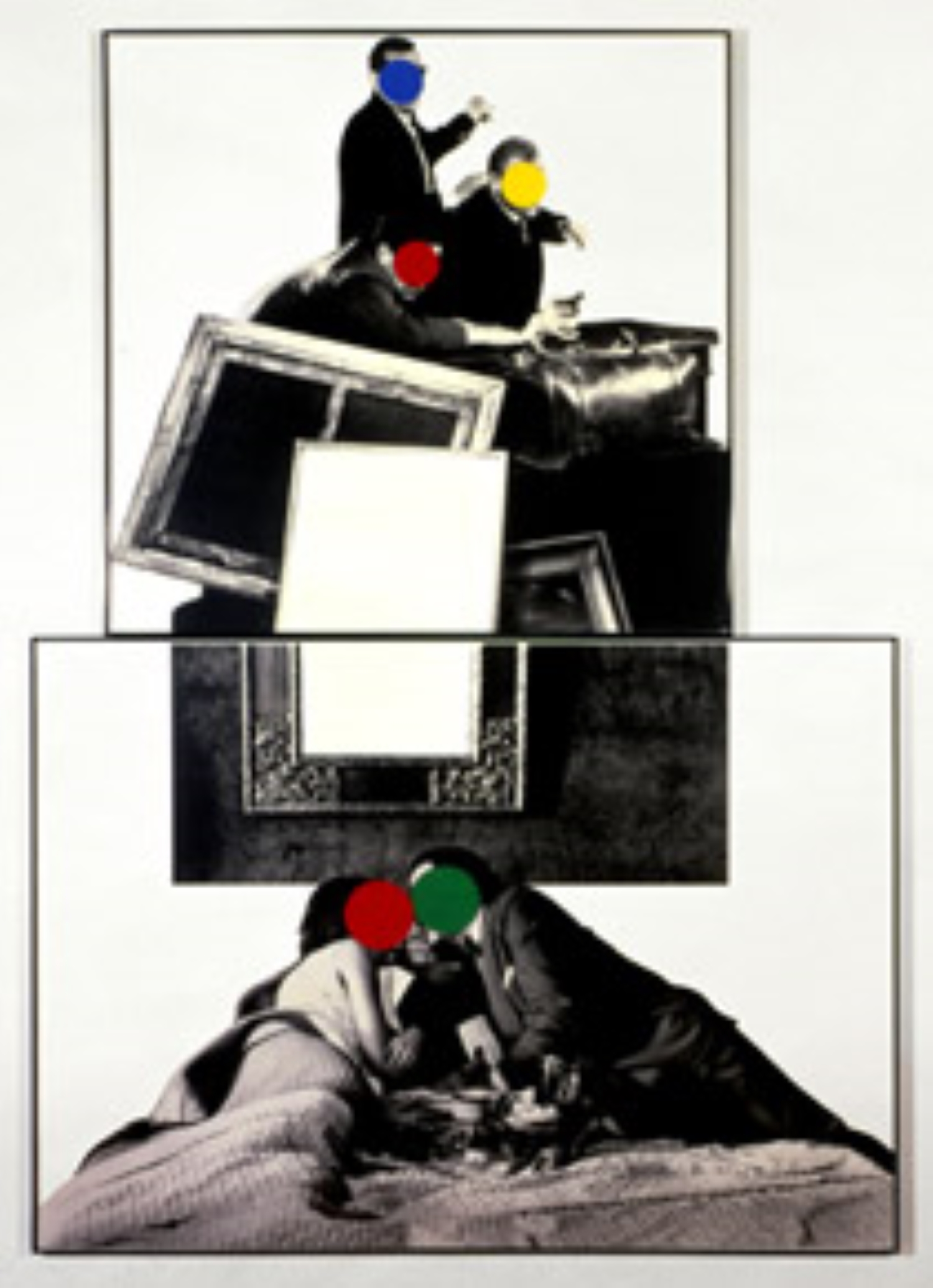
See more of Baldessari’s work from both shows
It’s hard in today’s art scene to imagine a time before conceptual art and fitting that as Frieze descends over London (where it’s difficult to find a piece that doesn’t put concept first) Baldessari is having a retrospective at Tate Modern. The 14 rooms provide a chronological journey, showing how Conceptual art developed from humble, if radical, origins into what we know today through the work of one man who has been at the centre of the movement all along.
Baldessari himself describes the continuing thread of his approach as an attempt ‘to look between things instead of at things’ and this makes a lot of sense in the context of his retrospective. From early works like ‘Tips for Artists Who Want to Sell’, which delivers exactly what its title says, to the final room where his 2009 ‘Brain/Cloud’ is installed (the same object becomes either cloud or brain depending on its backdrop) – the overriding mission in his work is to get us to look at life differently.
The way in which he does this is to re-appropriate the everyday – be it words, phrases, colours, objects, photographs or moving images – and present them in such a way as to confound both established uses and expectations. New presentations take on new meanings and, in turn, force us to question the significance and possibility of the mundane.
In much of his work there’s a mischievous, subversive sense of humour: he sings Sol LeWitt’s 35 sentences on Conceptual art one by one to a different tune; he pitches a found photo of a woman next to 16 very different adjectives describing her open-mouthed expression; he erases faces and sections of photographs with block colours, disrupting the narrative and forcing the viewer to study what’s happening elsewhere and what might fill the void.
What one’s left with after the 14 rooms isn’t just a sense of how widespread Baldessari’s influence has been on so many of the best conceptual artists today but equally that so much contemporary conceptual art doesn’t come close to achieving the same level of wit, intrigue, imagination and appeal.
His reach isn’t just metaphorical either at the moment - across town at Sprüth Magers one of his latest works is also on show. ‘Ear Sofa; Nose Sconces with Flowers (In Stage Setting)’ is a Hollywood Art Deco style tableau, comprising two sconces in the shape of noses, which frame a sofa in the shape of an ear. A model (very much alive) reclines on the sofa and flounces around the set, complete with a dog, turning the scene into a stage, not merely some physiologically inspired furniture. Continuing his current fascination with noses and ears particularly – the scene plays with notions of distended, alien body parts being ‘lived in’.
Wallpaper* Newsletter
Receive our daily digest of inspiration, escapism and design stories from around the world direct to your inbox.
-
 This new Vondom outdoor furniture is a breath of fresh air
This new Vondom outdoor furniture is a breath of fresh airDesigned by architect Jean-Marie Massaud, the ‘Pasadena’ collection takes elegance and comfort outdoors
By Simon Mills
-
 Eight designers to know from Rossana Orlandi Gallery’s Milan Design Week 2025 exhibition
Eight designers to know from Rossana Orlandi Gallery’s Milan Design Week 2025 exhibitionWallpaper’s highlights from the mega-exhibition at Rossana Orlandi Gallery include some of the most compelling names in design today
By Anna Solomon
-
 Nikos Koulis brings a cool wearability to high jewellery
Nikos Koulis brings a cool wearability to high jewelleryNikos Koulis experiments with unusual diamond cuts and modern materials in a new collection, ‘Wish’
By Hannah Silver
-
 Ed Atkins confronts death at Tate Britain
Ed Atkins confronts death at Tate BritainIn his new London exhibition, the artist prods at the limits of existence through digital and physical works, including a film starring Toby Jones
By Emily Steer
-
 A major Frida Kahlo exhibition is coming to the Tate Modern next year
A major Frida Kahlo exhibition is coming to the Tate Modern next yearTate’s 2026 programme includes 'Frida: The Making of an Icon', which will trace the professional and personal life of countercultural figurehead Frida Kahlo
By Anna Solomon
-
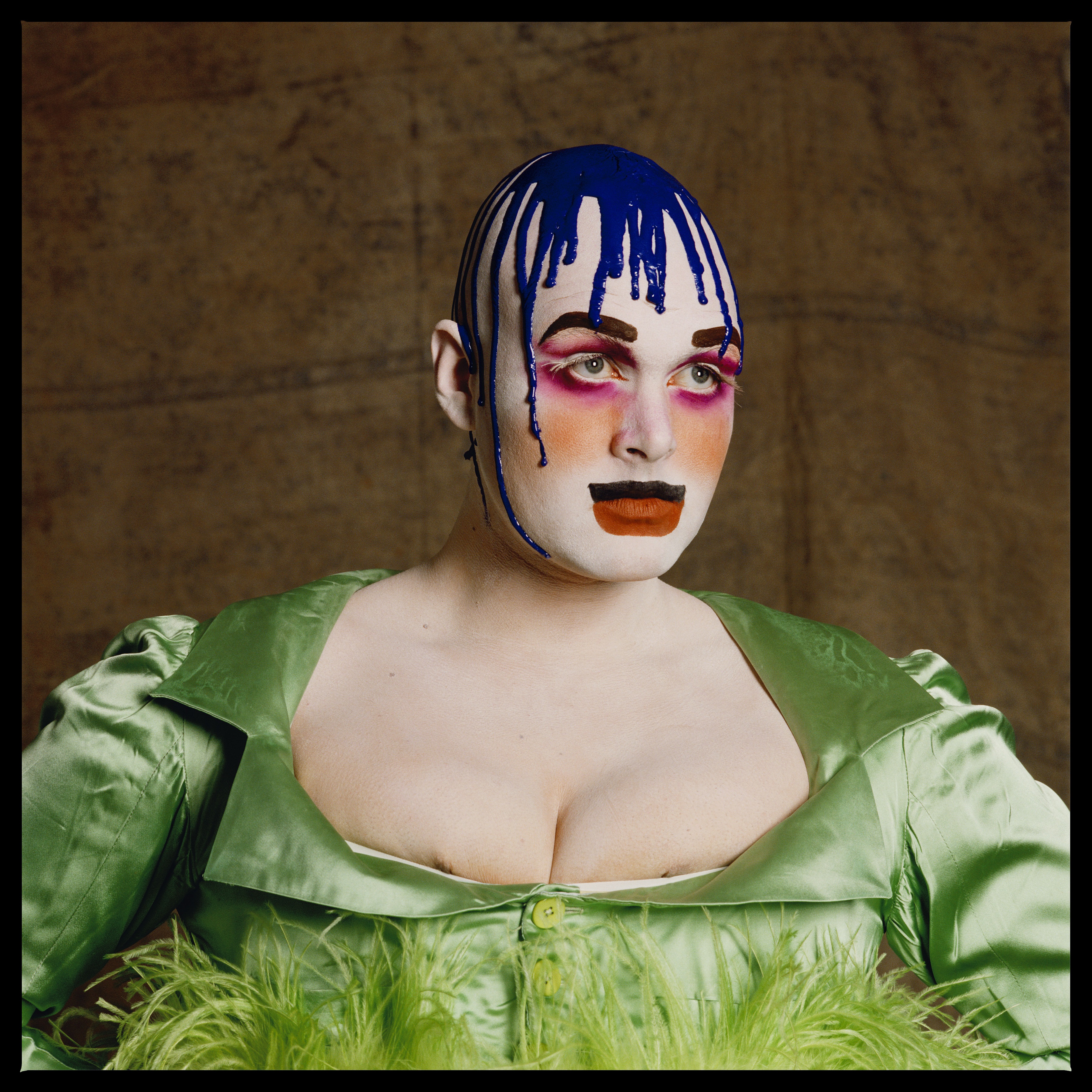 ‘Leigh Bowery!’ at Tate Modern: 1980s alt-glamour, club culture and rebellion
‘Leigh Bowery!’ at Tate Modern: 1980s alt-glamour, club culture and rebellionThe new Leigh Bowery exhibition in London is a dazzling, sequin-drenched look back at the 1980s, through the life of one of its brightest stars
By Amah-Rose Abrams
-
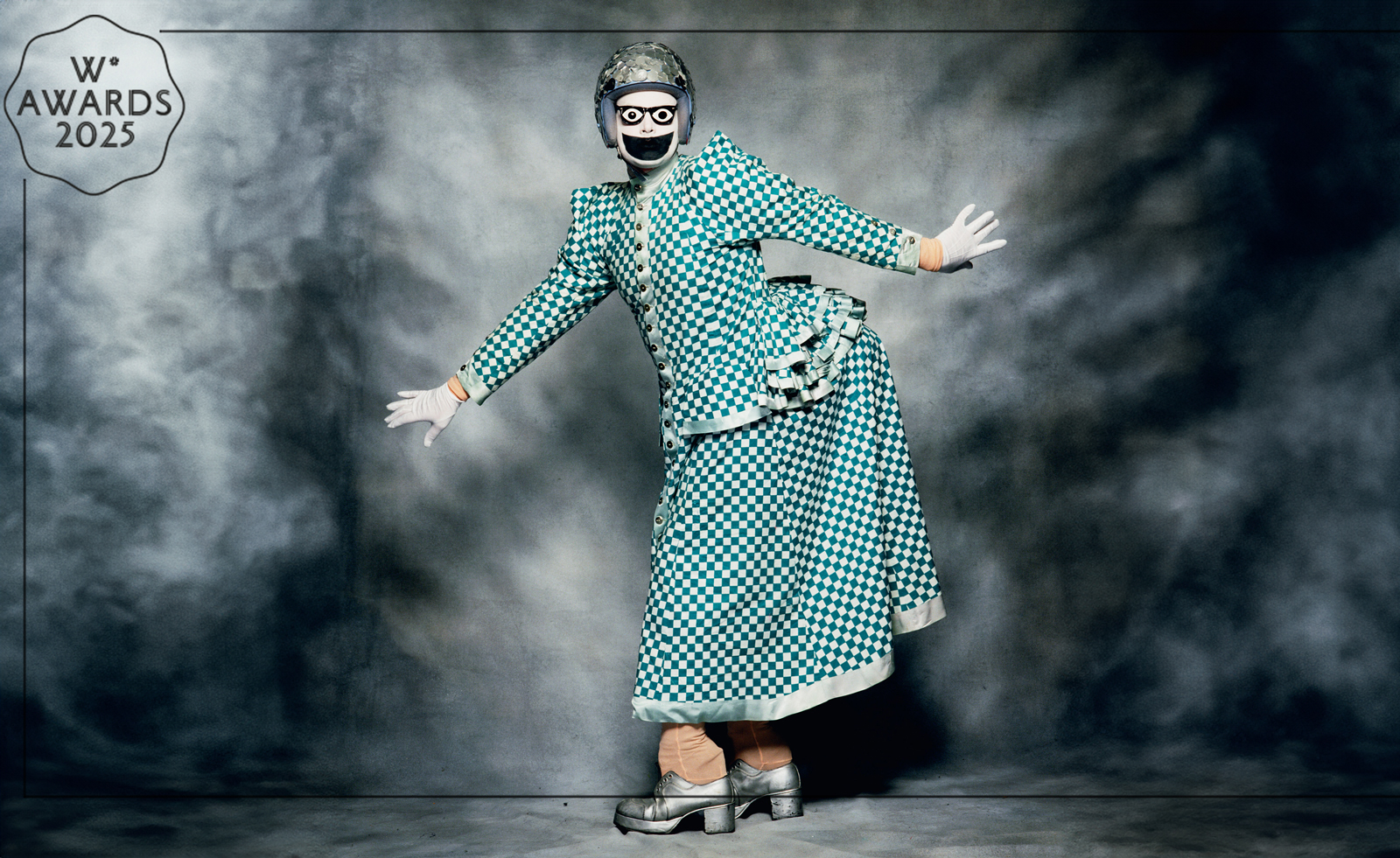 Wallpaper* Design Awards 2025: Tate Modern’s cultural shapeshifting takes the art prize
Wallpaper* Design Awards 2025: Tate Modern’s cultural shapeshifting takes the art prizeWe sing the praises of Tate Modern for celebrating the artists that are drawn to other worlds – watch our video, where Wallpaper’s Hannah Silver gives the backstory
By Hannah Silver
-
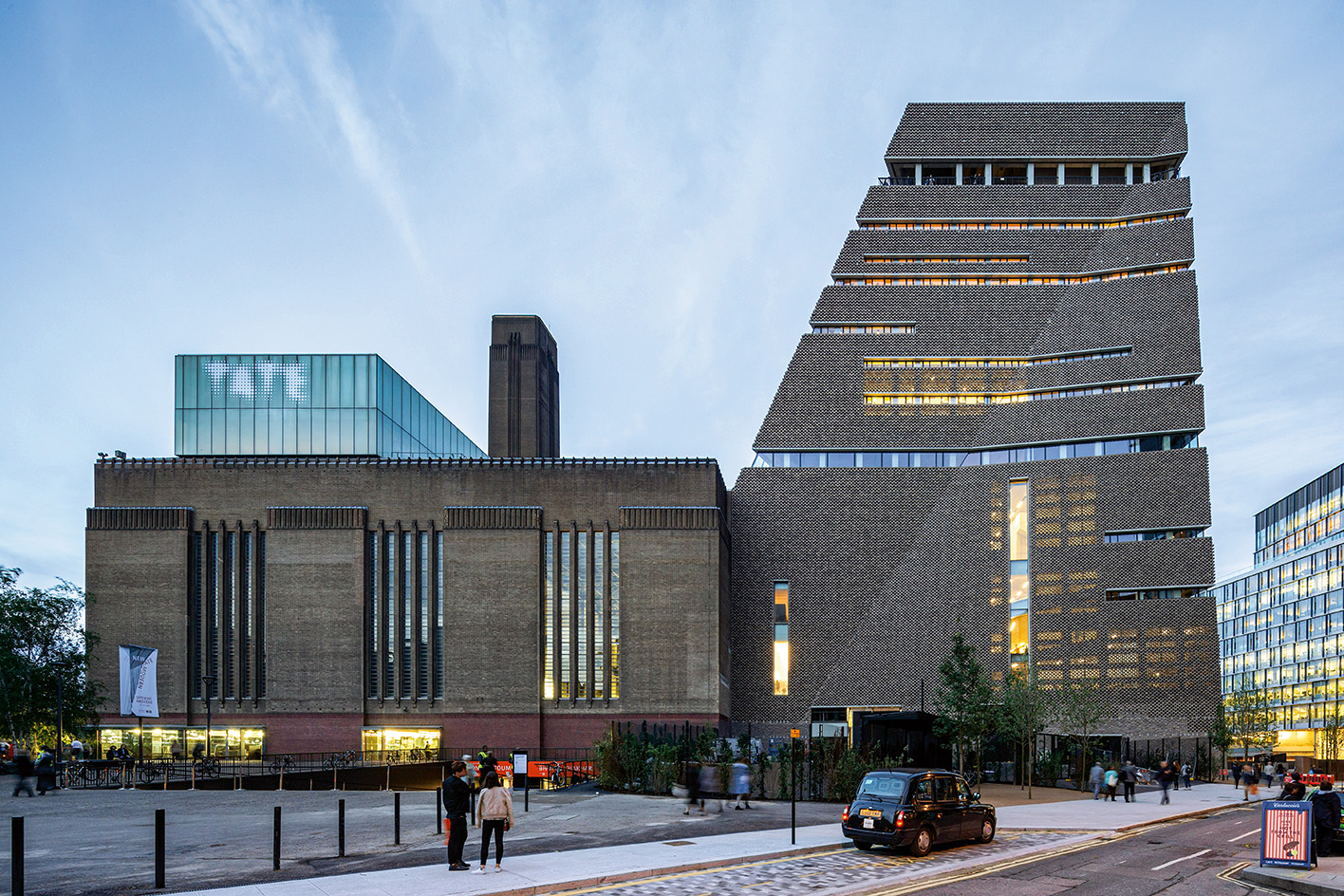 Looking forward to Tate Modern’s 25th anniversary party
Looking forward to Tate Modern’s 25th anniversary partyFrom 9-12 May 2025, Tate Modern, one of London’s most adored art museums, will celebrate its 25th anniversary with a lively weekend of festivities
By Smilian Cibic
-
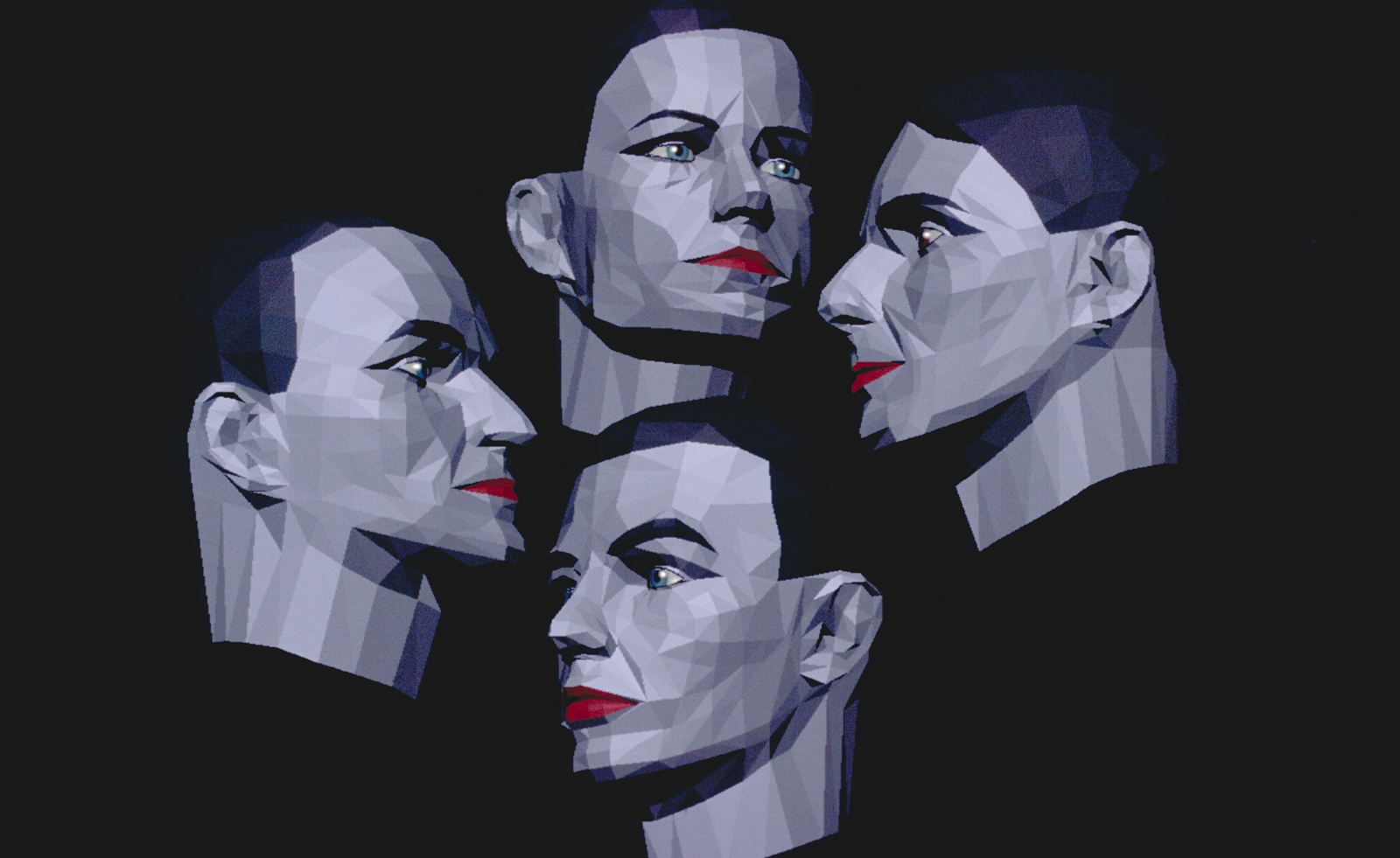 Discover psychedelic landscapes and mind-bending art at London’s Tate Modern
Discover psychedelic landscapes and mind-bending art at London’s Tate Modern'Electric Dreams' at the Tate encompasses the period from the 1950s to the beginning of the internet era
By Hannah Silver
-
 Tate Modern to host Aphex Twin listening experience
Tate Modern to host Aphex Twin listening experienceA free listening event for Aphex Twin's reissued album 'Selected Ambient Works II (Expanded Edition)' on the 25th of October
By Smilian Cibic
-
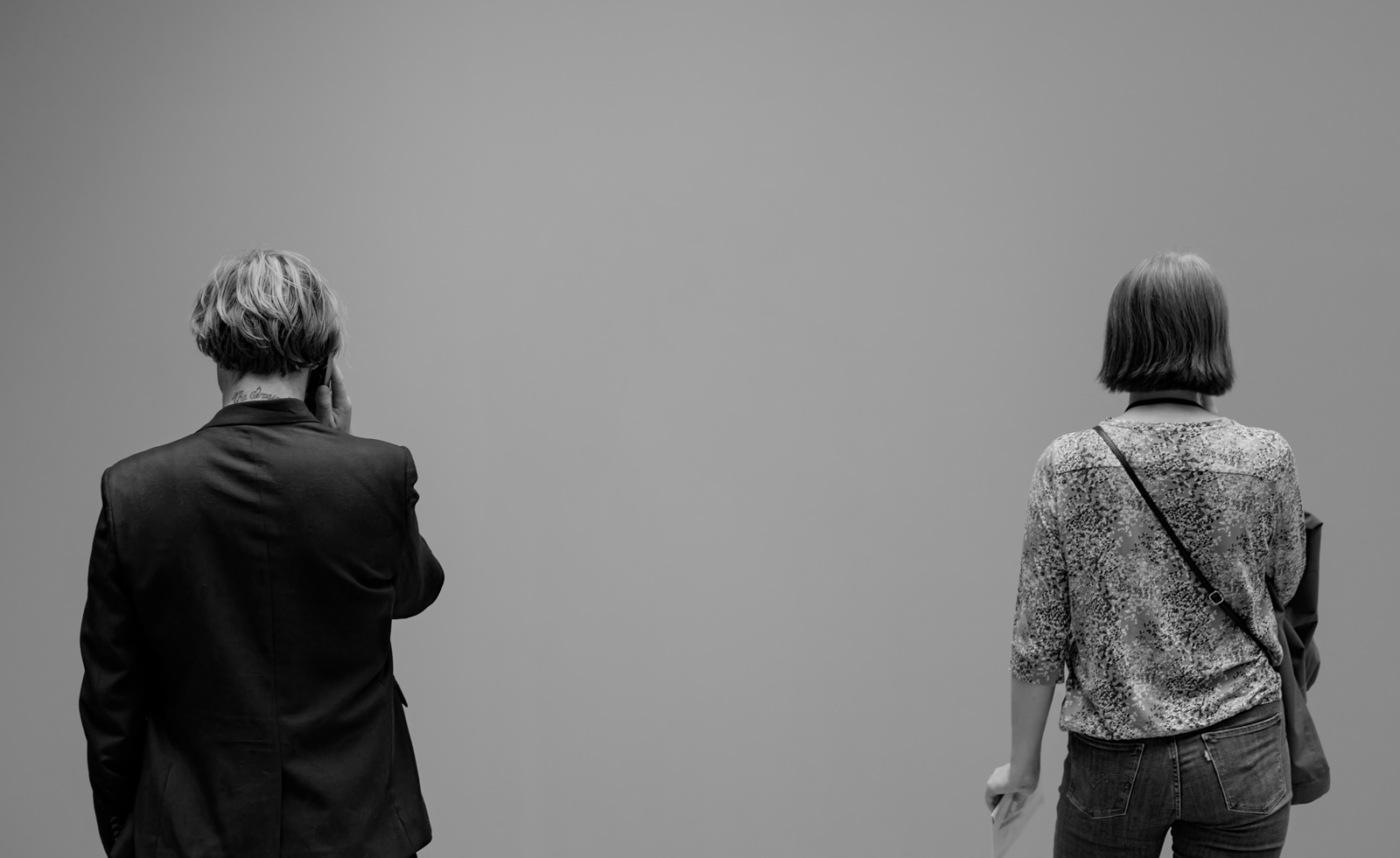 Looking at people looking at art: inside the mind of a gallery attendant
Looking at people looking at art: inside the mind of a gallery attendantVisitor experience workers at London’s Tate Modern, Serpentine, Barbican and V&A share what it’s like to watch people looking at art during a time of changing attention spans and rising vandalism
By Kyle MacNeill